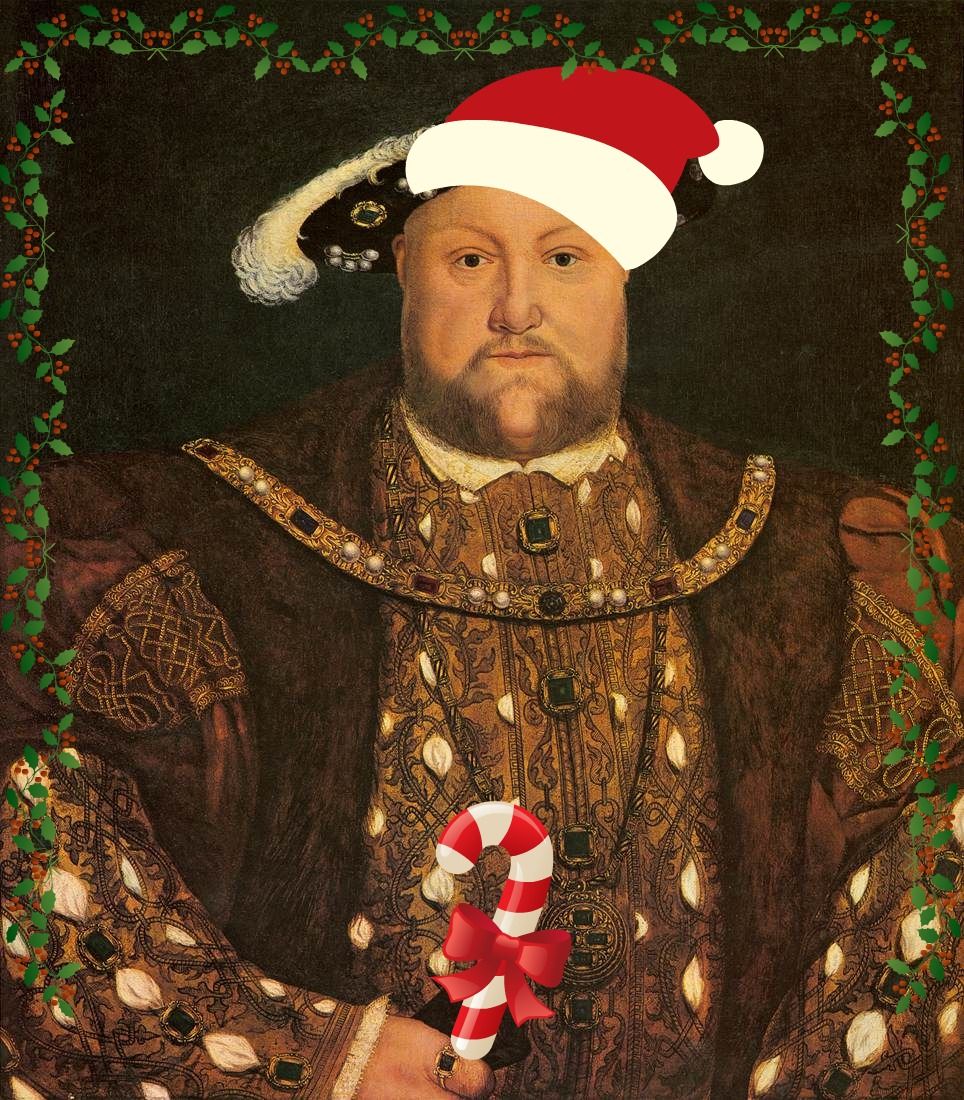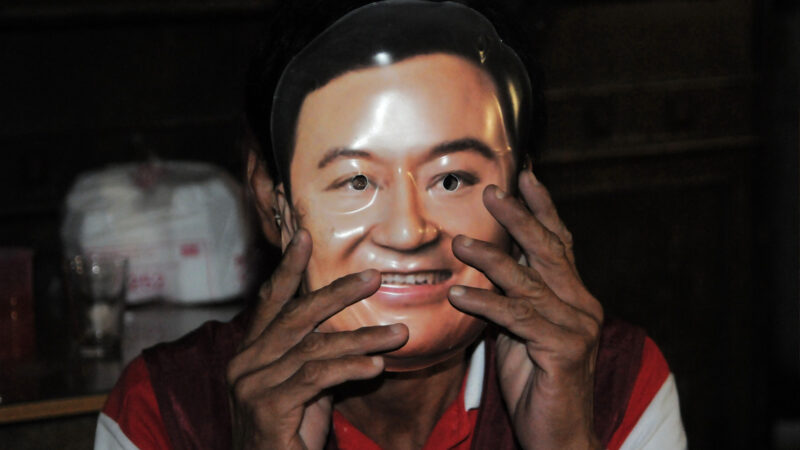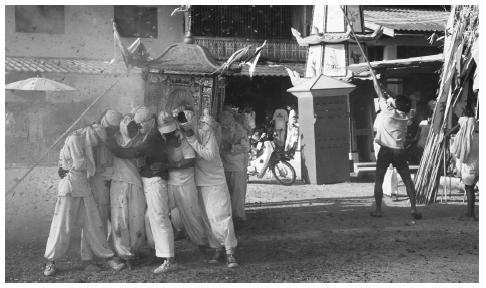“Nine of every ten persons say they love chocolate. The tenth lies.” (Anthelme Brillat-Savarin)
As you tuck into yet another chocolate treat over the holidays, it’s worth remembering the long history of chocolate as a truly special (and often sacred) indulgence. Although many associate the origins of chocolate with the Aztec civilization of central Mexico, the story of chocolate goes back thousands of years before the Aztecs flourished from the 14th to the 16th centuries.
Archeologists have found evidence that an earlier civilization, the Olmecs, were drinking chocolate as early as 1900 BC. The Olmecs passed the secret of chocolate on to the Mayan civilization who made chocolate a sacred drink, used as part of their grandest ceremonies. They roast and ground the beans, mixing the powder with different combinations of maize, chilies, herbs, vanilla and wild honey. Cacao was associated with human sacrifice and was often died red using annatto-tree seeds to match the colour of blood (and leave the drinker’s lips stained red).
Cacao was the preferred tribute for rulers and was placed in the tomb of kings. When Columbus arrived, they were a “coin of the realm” and used for trade (one turkey cost 100 beans and a fresh avocado was worth three beans). Columbus missed out on cacao though, when he passed by Guanaja (off the coast of Honduras) on his fourth trip, when an Indian trading boat offered him what look like “a handful of shriveled almonds”.
The Maya gave us the word cacao, from the earlier Olmec word kakawa, and the Spanish coined chocolatl combining Mayan word chocol and suffix atl. Carolus Linnaeus, the famous Swedish botanist, gave the plant the latin name Theobroma (meaning “elixir of the gods”). Cortéz finally brought cacao back to Spain, after tasting it as an after-dinner drink with Montezuma. It quickly became popular around Europe and then ultimately spread further to the colonies of European countries.
Chocolate initially continued its elevated position in Europe. French royalty received guests with hot chocolate and Cardinal Richelieu was a professed cacao addict. Marie-Antoinette brought her own chocolatier to the French court from Vienna, whose specialty mixed cacao with orchid powder, orange blossoms and almond milk. Samuel Pepys fueled his diary writing on daily doses of drinking chocolate, often for breakfast.
Chocolate’s rise in popularity came at the same time as tea and coffee. Coffee was the cheapest of the three and considered “a man’s drink”. Tea was twice the price of coffee and considered more “genteel” and for men and women, and chocolate was double the price of tea again.
The first big breakthrough in bringing chocolate to the masses was the invention of “Dutch cocoa” by Coenraad Johannes van Houten, who used alkaline salts to reduce the natural bitterness without adding sugar or milk and then developed a press to remove some of the natural fat (cocoa butter) and make it easier and cheaper to make a consistent product (in 1828).
In 1847, Joseph Fry discovered a way to make chocolate moldable by mixing the ingredients of cocoa powder, sugar and melted cocoa butter and went onto to mass produce chocolate bars, Fry’s Chocolate Dream, in his factory in Bristol, England, launched in 1866. They were the largest chocolate manufacturer in the world for many years.
A further breakthrough came in 1875, when after eight years of trying the Swiss inventor Daniel Peter worked out a way to combine milk with chocolate. He was helped by Henri Nestlé who had developed a powdered milk. Another Swiss, Rudolphe Lindt, invented the technique of conching in 1879, to bring out chocolate’s true texture and taste.
A number of other chocolate companies started in the late 19th and early 20th centuries, including Rowntree’s of York in in 1862, Cadbury in 1868 (after opening a coffee and tea shop in Birmingham in 1824) and Hershey in 1893. Milton Hershey became known as “the Henry Ford of chocolate makers”, building huge factories and a town for his workers on a scale that the Cadbury’s couldn’t imagine.
As with its origins in central America, chocolate continues to be associated with festivals such as Easter, Hanukkah, Valentine’s Day and Christmas. Chocolate features in many books and films, most notably in Charlie and the Chocolate Factory (or Willy Wonka and the Chocolate Factory depending on your age).
Whatever colour you prefer, including red, happy chocolate eating and drinking over the coming holidays and make sure to get your ration of “the elixir of the gods”.
REFERENCES
Chocolate: A Bittersweet Saga of Dark and Light by Mort Rosenblum
The True History of Chocolate by Sophie Coe & Michael Coe






